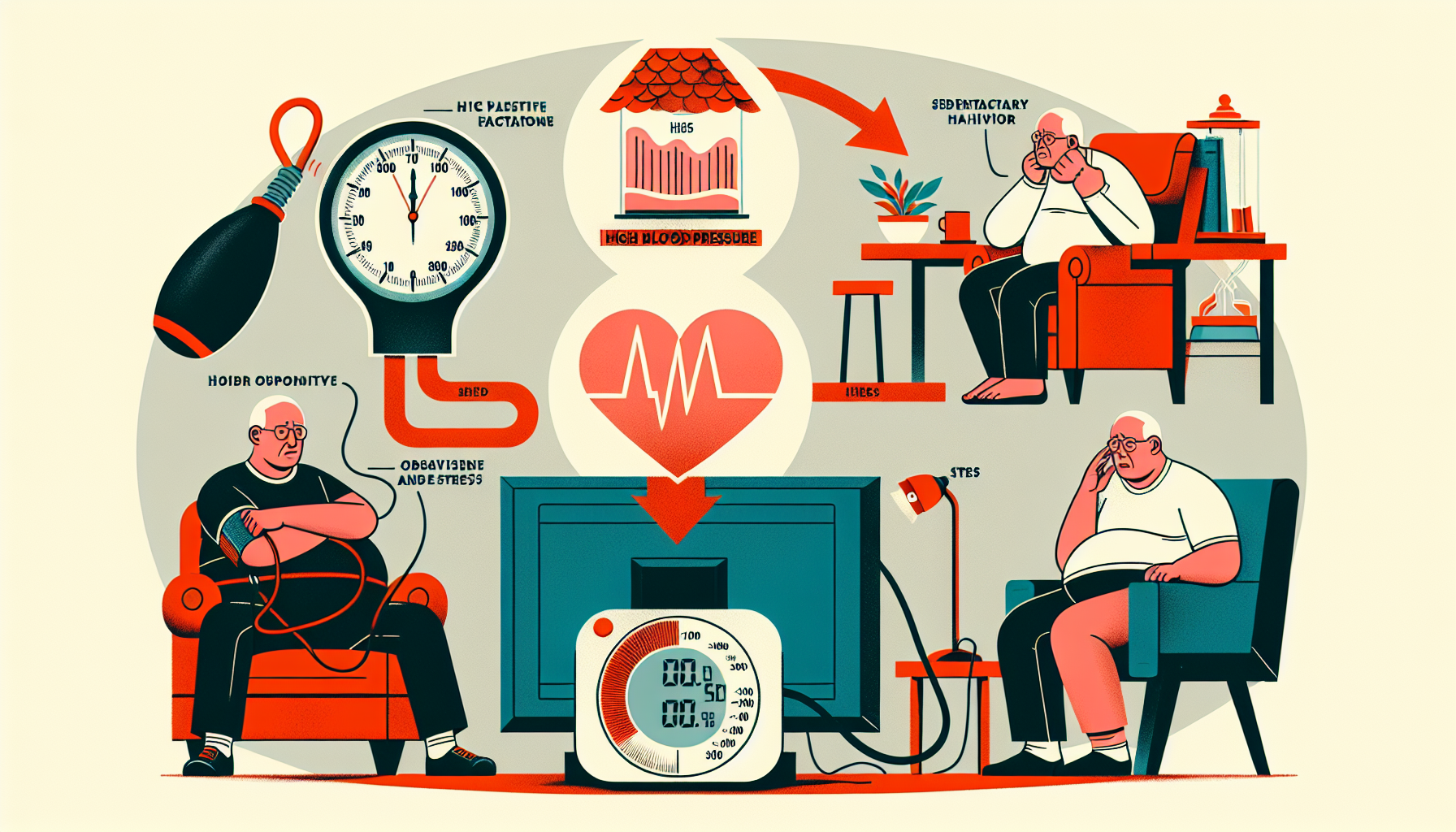Private Pay vs. Insurance-Based Services
Discover the pros and cons of each to make the best choice for your healthcare needs.

Understanding Healthcare Financing
In the realm of healthcare, financing plays a crucial role in determining the structure and accessibility of services. Two major components of healthcare financing are private financing and insurance-based services. Understanding the impact of private financing and government regulations on private health insurance is essential for comprehending the dynamics of healthcare systems.
Impact of Private Financing
Private financing, which encompasses both private for-profit insurance and private out-of-pocket financing, can have various effects on healthcare systems. However, studies indicate that increased private financing may have negative consequences for universality, equity, accessibility, and quality of care [1]. It is important to note that private financing does not necessarily lead to improved health outcomes or a reduction in health expenditure growth.

Government Regulations on Private Health Insurance
Government regulations on private health insurance (PHI) are intended to ensure that private insurance operates within certain boundaries. However, the effects of these regulations on healthcare services utilization, costs, quality of care, and patient health outcomes are still uncertain. The available evidence is primarily based on studies conducted in the United States and may not be directly applicable to other countries.
By understanding the impact of private financing and government regulations on private health insurance, we can gain insights into the potential advantages and disadvantages associated with different healthcare financing models. These considerations are crucial for policymakers, healthcare providers, and patients alike as they navigate the complexities of healthcare systems and strive to ensure accessible, equitable, and high-quality care for all.
Private Healthcare Services
Private healthcare services, including private for-profit insurance and private out-of-pocket financing, have an impact on various aspects of the healthcare system, such as universality, equity, accessibility, and quality of care. It is important to examine these effects to better understand the role of private financing in healthcare.
Effects on Universality and Equity
Research suggests that increased private financing in healthcare systems can have negative effects on universality and equity. Health systems with more private services are significantly associated with lower universal health coverage rankings and poorer equity rankings. This indicates that as the proportion of private financing increases, the ability to provide healthcare to all individuals, regardless of their financial situation or social status, may be compromised.
Accessibility and Quality of Care
The presence of private healthcare services can also impact the accessibility and quality of care within a healthcare system. Health systems with more private services tend to have poorer accessibility rankings, suggesting that individuals may face greater challenges in accessing healthcare services when private financing is prominent. Additionally, these systems are also associated with lower access and quality rankings, indicating potential disparities in the availability and delivery of high-quality care [1].
It is important to note that increased private financing does not necessarily lead to improved health outcomes or a reduction in health expenditure growth. While private healthcare services may offer certain advantages, such as shorter wait times or access to specialized treatments, they can also contribute to a fragmented healthcare system and inequitable access to care.
By understanding the effects of private healthcare services on universality, equity, accessibility, and quality of care, policymakers and healthcare stakeholders can make informed decisions regarding the balance between private and public financing in healthcare systems. It is crucial to consider these factors when striving to provide affordable, accessible, and equitable healthcare to all individuals.
Private Insurance in Canada
In Canada, private insurance plays a significant role in healthcare financing alongside public funding. Understanding the utilization, coverage, and out-of-pocket expenditure statistics related to private insurance is crucial for individuals navigating the healthcare system.
Utilization and Coverage
Approximately 27 million Canadians have private insurance, with around 66% attached to employer plans and the rest purchasing their own policies, according to the Canadian Medical Association. Private insurance coverage varies depending on the specific policy and provider. It often includes additional benefits beyond what is offered by the public healthcare system, such as coverage for prescription medications, dental care, vision care, and paramedical services.
Private insurance can help bridge the gap between what is covered by public healthcare and the additional services individuals may need. However, it's important to carefully review and understand the terms and conditions of private insurance policies to ensure that they align with specific healthcare needs.
Out-of-Pocket Expenditure Statistics
Out-of-pocket expenditures remain a significant aspect of healthcare costs in Canada. On average, Canadians spent over $1,000 out-of-pocket on healthcare costs in 2020, as reported by the Canadian Medical Association.
As of 2022, governments paid for 72% of all healthcare costs in Canada, while 11% was paid out-of-pocket, 15% through private health insurance, and 2% from other sources. These figures demonstrate the importance of private insurance in contributing to healthcare financing alongside public funding.
Understanding the out-of-pocket expenditure statistics is essential for individuals to make informed decisions about their healthcare needs and budget accordingly. It is advisable to assess personal healthcare requirements and consider the coverage provided by private insurance plans to manage out-of-pocket expenses effectively.
By analyzing the utilization and coverage of private insurance as well as the out-of-pocket expenditure statistics, individuals can better understand the role of private insurance in the Canadian healthcare system. It is important to explore different options, compare policies, and select insurance plans that align with specific healthcare needs to ensure comprehensive coverage and financial protection.
Private vs. Public Health Systems
When considering healthcare systems, one important aspect to examine is the difference between private and public health systems. In this section, we will explore the aspects of access and quality rankings, as well as patient preferences and choices in these systems.
Access and Quality Rankings
Health systems that have a higher proportion of private services tend to be associated with poorer accessibility and quality rankings [1]. Private financing, including private for-profit insurance and out-of-pocket financing, can have a negative impact on the universality, equity, accessibility, and quality of care in healthcare systems.
Public health systems, on the other hand, often prioritize equitable access to healthcare services for all individuals. By providing healthcare services based on need rather than ability to pay, public systems strive to ensure that everyone has equal access to necessary care. This focus on accessibility can contribute to higher rankings in terms of access and quality of care.
Patient Preferences and Choices
In healthcare systems with both private and public options, patients with private insurance or personal funds have the ability to opt for private providers. This choice allows them to access healthcare services more quickly and effectively. Private services can offer shorter wait times, specialized care, and a broader range of options for patients who can afford them.
However, for individuals who cannot afford private services, reliance on publicly funded physicians or hospitals becomes the norm. Public systems aim to provide necessary care to all individuals, regardless of their financial situation. While wait times may be longer in public systems, they still strive to deliver quality care to ensure the well-being of all patients.
Patient preferences and choices often depend on their financial capabilities and the availability of private services in their region. It is important to note that patient preferences and choices can vary based on individual circumstances and needs.
Understanding the differences between private and public health systems can help individuals make informed decisions about their healthcare options. While private systems may offer advantages in terms of convenience and choice, public systems prioritize accessibility and strive to provide equitable care for all individuals. Ultimately, the choice between private and public services depends on an individual's preferences, financial circumstances, and healthcare needs.
Healthcare Utilization Factors
When it comes to healthcare utilization, there are several factors that can influence access to and utilization of healthcare services. In this section, we will explore two important factors: disability and geographic disparities in healthcare.
Disability and Healthcare Services
People with disabilities often require more healthcare services compared to those without disabilities. According to the NCBI Bookshelf, individuals with disabilities have higher rates of emergency department visits, visits to doctors, and home health-related visits. This increased utilization can be attributed to a variety of factors.
Disability is a multidimensional concept, and the health conditions associated with disability can vary in terms of severity and impact on healthcare utilization. People with disabilities often have worse overall health status, which may be due to a higher prevalence of poor health behaviors such as smoking and obesity. Additionally, individuals with disabilities are more likely to experience poverty, which can further hinder access to healthcare services.
Access to needed healthcare can also be hindered for people with disabilities due to various barriers. These barriers include provider discrimination, provider failure to make accommodations, and inadequate communication with providers. These challenges can make it difficult for individuals with disabilities to receive the necessary care and support they need.
Geographic Disparities in Healthcare
Another factor that can impact healthcare utilization is geographic disparities. Access to healthcare services can vary based on the geographical location of individuals, leading to disparities in healthcare utilization.
In some areas, there may be a lack of healthcare facilities, specialists, or services, especially in rural or remote regions. This limited availability of healthcare resources can result in longer travel distances and wait times for individuals seeking care. As a result, people in these areas may face challenges in accessing timely and appropriate healthcare services.
On the other hand, urban areas may have a higher concentration of healthcare facilities and providers, leading to increased accessibility for individuals residing in those areas. However, even within urban areas, disparities in healthcare utilization can exist, with certain populations facing barriers based on socioeconomic factors, race, or ethnicity.
Addressing geographic disparities in healthcare requires a multi-faceted approach. This can include improving the distribution of healthcare resources, implementing telehealth services to bridge the gap in remote areas, and increasing awareness of available healthcare services in underserved communities.
By understanding the impact of disability and geographic disparities on healthcare utilization, efforts can be made to ensure equitable access to healthcare services for all individuals, regardless of their abilities or geographical location. This is essential in promoting the well-being and overall health of communities.
Providers and Payers Relationship
The relationship between healthcare providers and payers is essential in ensuring the delivery of quality healthcare services. Providers refer to healthcare professionals, such as doctors, nurses, and specialists, who diagnose, treat, and care for patients. Payers, on the other hand, are entities that provide insurance coverage, facilitating patient access to healthcare services and ensuring providers are compensated for their services.
Fee-for-Service Model
Traditionally, the dominant model of healthcare payment in the United States has been the "fee-for-service" model. Under this model, healthcare providers are reimbursed based on the quantity and volume of services they perform, regardless of care outcome. This system incentivizes providers to deliver more services, potentially leading to overutilization and increased healthcare costs.
However, there has been a shift towards value-based care, as highlighted by Panoramic Health. Value-based care rewards healthcare providers based on patient outcomes and efficiency, aiming to improve the overall quality of care. This approach encourages healthcare providers to focus on managing and coordinating care effectively, ensuring better patient outcomes.
Shift towards Value-Based Care
The shift towards value-based care is driven by the need to address the shortcomings of the fee-for-service model and improve healthcare delivery. One area where this shift is evident is in the field of nephrology, particularly in the care of end-stage renal disease (ESRD) patients. The 21st Century Cures Act encourages ESRD patients to enroll in Medicare Advantage Plans, promoting innovation and increasing patient access to at-home dialysis.
By transitioning to value-based care, healthcare providers can focus on delivering high-quality care and achieving better patient outcomes. This model encourages coordination among providers, emphasizes preventive care, and promotes cost-effectiveness. It also aligns incentives between providers and payers, with a common goal of delivering optimal healthcare services to patients.
In summary, the relationship between healthcare providers and payers is crucial in ensuring the delivery of quality healthcare services. The shift from the traditional fee-for-service model to value-based care aims to improve patient outcomes, promote efficiency, and address the shortcomings of the previous system. By working together, providers and payers can improve the overall healthcare experience for patients and drive positive changes in the healthcare industry.
References
[2]:
[3]:
[4]:


































































































